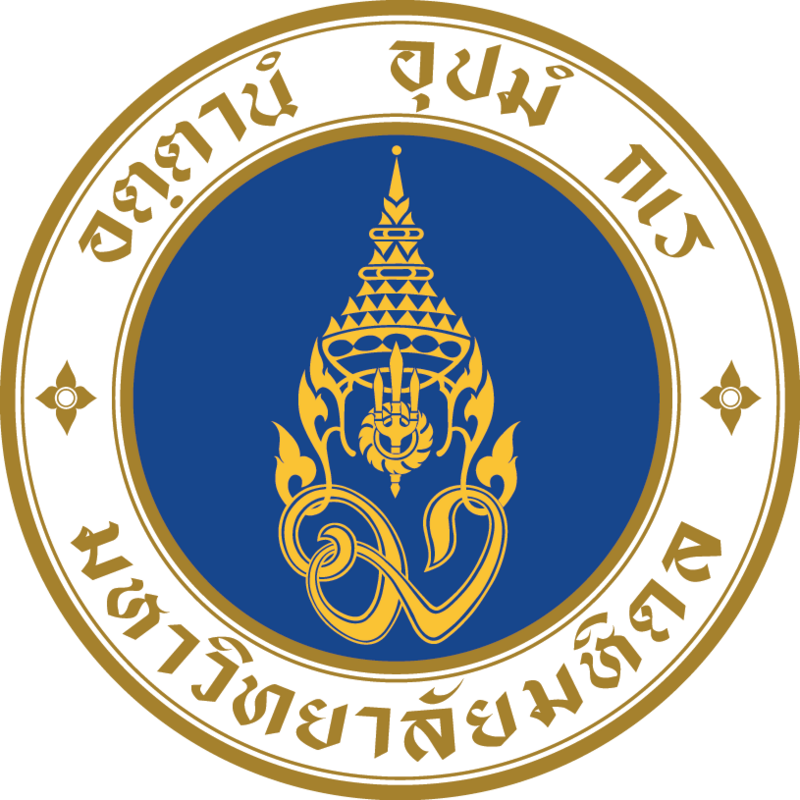ข่าวประชาสัมพันธ์
ผลงานตีพิมพ์บทความและรางวัล
กิจกรรม
อบรมและสัมมนา
ศาสนศึกษา
วิทยาลัยศาสนศึกษา มหาวิทยาลัยมหิดล
ประวัติความเป็นมา
เป็นวิทยาลัยศาสนศึกษาแห่งแรกของประเทศไทย และเป็นหน่วยงานในมหาวิทยาลัยมหิดล
Mission / Vision
เป็นสถาบันชั้นนำระดับนานาชาติด้านศาสนศึกษา ที่บูรณาการศาสนา จริยธรรม และความรู้สมัยใหม่ เพื่อขับเคลื่อนสังคมสู่ความยั่งยืนในโลกแห่งการเปลี่ยนแปลงบนรากฐานแห่งคุณธรรม
มูลนิธิน้ำทองฯ / หอพักน้ำทองฯ
หอพักน้ำทองสิกขาลัย วิทยาลัยศาสนศึกษา มหาวิทยาลัยมหิดล
รอบรั้วศาสนศึกษา
วิทยาลัยศาสนศึกษา มหาวิทยาลัยมหิดล
CRS Course
CRS Seminar
CRS for Students
CRS Update
ติดตามข่าวสารล่าสุดก่อนใคร







